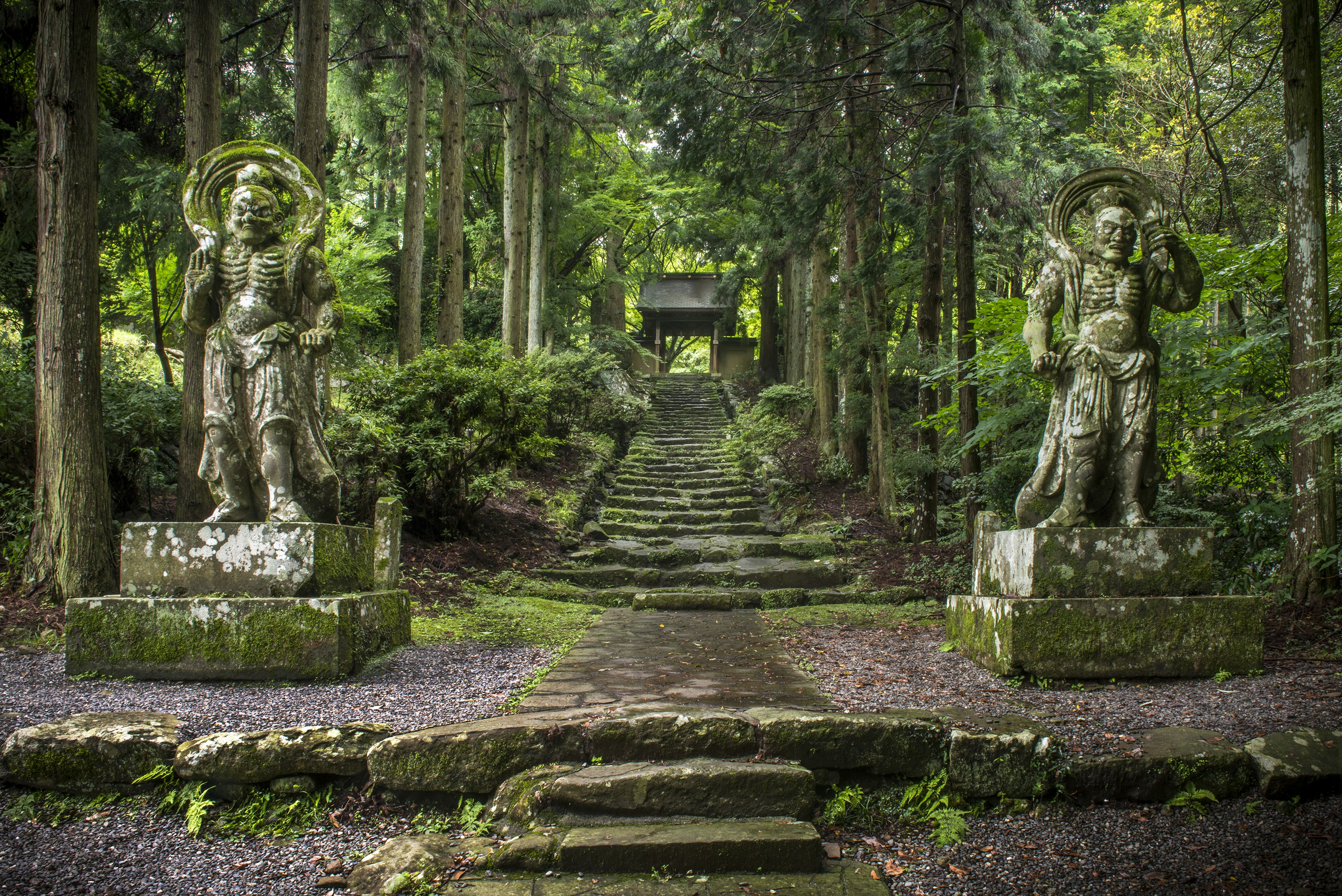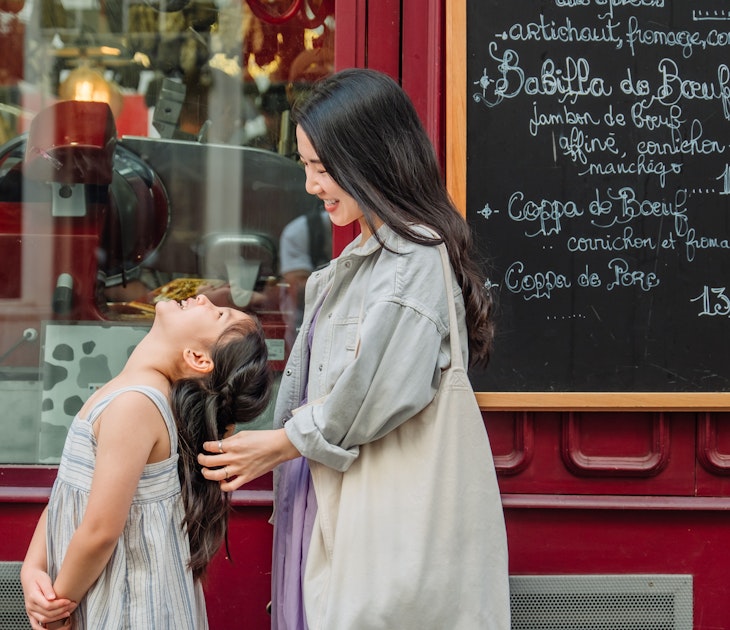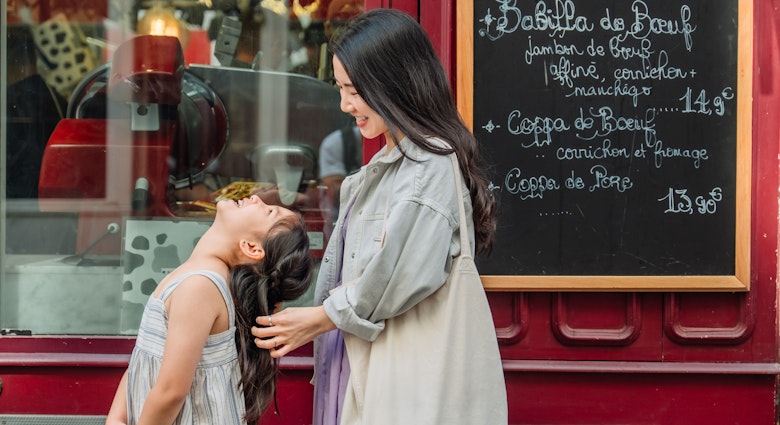Oita, a prefecture on Japan's southern-most island of Kyūshū, is world-famous for its incredible hot springs. Towns like Beppu host bathers from around the world. Yet there's so much more than onsen bathing to do here that it's a bit of a mystery as to why people aren't flocking to explore the other parts of this magical spot that are so often overlooked. Here are six great less-visited spots in Oita Prefecture.

Kunisaki Peninsula
You couldn't ask for more mystery than at Kunisaki Peninsula, where some of Japan's largest, oldest, and most mystical Buddhist temples lie carved into hillsides or in wooden structures that date back to the 700s. The region is mountainous and rural, making getting here a bit difficult without a car, but a bus tour comes daily to several of the most popular sites. Futago-ji Temple is perhaps the most famous. A lovely temple complex split in the middle by a winding stream, with mossy trails, cedar-shadowed statuettes, and fascinating relics. Nearby Fuki-ji Temple, established in 718, is the island's oldest wooden building and is rumored to have been built from a single fallen tree during the Heian Period. At the Kumano Magaibutsu you can ascend a steep stairway to view two giant buddhas carved into a cliff. On the western side, you can wander for what seems like miles through the beautiful grounds of the Usa Jingu Shrine.

Taketa
The city of Taketa has an onsen, an arts center, and a hidden Christian church dug into a hillside just meters away from a famous samurai castle. It's believed that the church was in some way sanctioned by the residents of the castle, yet since Buddhism was the primary religion and Christians were often purged, this unique history remains clouded in mystery. Nearby, visit a relatively untraveled Bukeyashiki (historic Samurai street) where beautiful villas can be viewed or entered for tours. Visitors to Taketa can try their hand at bamboo craft at the arts center, or soak in the lovely Nagayu onsen, unique because of its highly carbonated water. There's also a scenic castle ruin and a delicious barley-based shōchū (strong Japanese liquor) distillery. Tipplers may also want to find a bottle of Kabosu liqueur, a triple sec type citrus liqueur made from the prefecture's local citrus.

Hita
This lovely ‘Kyoto of Kyūshū’ is little known among Western tourists and yet this city boasts some unique festivals, beautiful walking and shopping streets, and is famous for its ‘smell of cypress’ from the many logging and plank-making factories. You can smell the freshly cut wood in the air as you meander the city. Hita's ‘Sennen Akari’ festival, held the second week of November, turns the night into day as thousands of bamboo lanterns are placed all around the city, creating a near-magical aura. For a souvenir, purchase a pair of traditional geta (clogs) from the many shops that craft them from wood cut from the surrounding hills. At one end of the city's most iconic shopping street is a quintessential Japanese custom: the giant cypress ball signifying a brewery/distillery, where you can see a sake shop that hasn't changed for centuries, replete with its giant cypress bough ball outside the door.
Onta
This tiny, secluded pottery town is a true gem, one of those spots only locals know about. Up in the mountains near the western city of Hita, the Onta potters dig their clay, process it using centuries old tools, and as you walk up and down the main street you'll see the work in all stages: greenware ready for glazing, blocks of clay drying in the sun, and finished work available for sale. Though newer potters are shaking things up with new designs, the traditional pattern is a white slip that's been hand-scratched with concentric tic-marks, spiraling outward from the center. Perhaps most stunning is the traditional method of grinding clay, using giant water-powered mortars that resound with a heartbeat-like sound as you draw near.
The Kujū Mountains
If the city life is wearing you down, escape to Kujū-san and the highest mountain range in Kyūshū. Whether you opt to summit one of the many spectacular peaks (Nakadake is the highest) or just have a picnic on the grassy highlands under the vast expanse of sun and sky, this spectacular part of Oita is still unexplored by many Western tourists. Grab a walking stick, put on your hiking boots, and explore.

Rakan-ji and Nakatsu
This picturesque temple and surrounding valley used to be less accessible: to get there you had to go over a steep cliff on a narrow path so dangerous numerous people fell to their deaths, or walk up the narrow riverside. This all changed when a monk picked up a chisel and hammer and – over the course of more than 30 years – carved a tunnel entirely by hand through from the village to the other side. This incredible feat was the primary way you entered or left. While the tunnel has since been machine-expanded and paved, there are still places that have been preserved where you can see the original chisel marks.
Inside Rakan-ji Temple, there is an area dedicated to praying for ‘lost children,’ and as such, the ema (prayer boards, here shamoji rice spoons are used) are poignant memories of children unborn, given away, lost, or terminally ill. Dark and somber, but the view is serene, calming, and idyllic – high up on the cliff, it looks out over the rustic valley. There's even a chairlift you can take to reach the top, skimming over the tops of bushes and trees on your way. Not far away is the delightful Yabakei Gorge near Kakisaka, a reservoir with lovely views that traces through the valley.
Lonely Planet has produced this article for Oita Prefectural Tourism Association. All editorial views are those of Lonely Planet alone and reflect our policy of editorial independence and impartiality.












